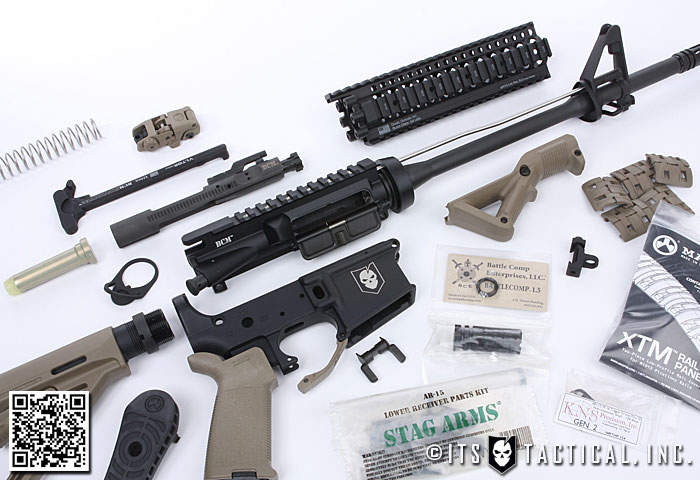We previously covered the rapidly-changing firearms market in the U.S.: More Americans are becoming amateur gunsmiths, of sorts – they’re building firearms instead of merely visiting dealers to buy them. The process sounds complicated. After all, firearm manufacturers are million-dollar firms, with plants and warehouses filled with expensive industrial equipment. So, how are regular people joining this high-cost club? They certainly aren’t spending millions of dollars on CNC machines and forging equipment.
Really, these new “homebrew” gun makers are taking firearm components that have been professionally manufactured, but not to completion. The last few steps required to make these unfinished firearm parts – like an 80 percent lower, an unfinished receiver used to produce the firearm component of a rifle or handgun, like the AR-15 – require fewer and much less expensive tools. But once the firearm component is finished, it needs to be assembled.
Arguably the most important part of any receiver or frame is the lower parts kit. The “LPK” includes the individual bits necessary to make any firearm functional: The hammer, trigger, safety, disconnector, and small detents, pins and springs to put it all together. Collectively, this is called the “fire control group.” The fire control group must be installed inside the portion of the frame or receiver that has been milled and drilled by the amateur gunsmith.
Although the LPK is primarily responsible for the function of a firearm, these components are regulated. The Bureau of Alcohol, Tobacco, and Firearms tends to select a single component of a firearm – usually the stripped receiver or frame – as the part to be regulated. That means all other parts, including internal parts and other major components like barrels, bolts, and stocks, are bought and sold as typical consumer products.
But why assemble a firearm like this in the first place? As we wrote previously, the firearm market is becoming prohibitively expensive. Whether seen as controversial by some or not, it can’t be argued that firearm culture is burgeoning in the U.S., and that’s particularly true of the past two years – every one in two firearms sold went to a first-time buyer.
But with the cost of firearms rising, and manufacturers simultaneously struggling to meet demand, the idea of building a custom firearm piece by piece has evolved from a niche hobby to something of a necessity for many who want what they simply can’t find, let alone afford.
Buying or fabricating a stripped receiver, and installing a lower parts kit, is now the most affordable way to become the owner of a new firearm – especially an AR-15, the most popular rifle currently in circulation in the U.S. There are other advantages here, too: Assembling a rifle or pistol piecemeal allows for customization.
New owners get to avoid buying a firearm with a premium price tag that might come equipped with parts the they simply don’t want in the first place. Assembly by the end user also means avoiding the overhead and manufacturing costs invariably passed onto the consumer – the margins dealers and makers earn from selling ready-to-fire guns is already razor-thin.
It’s important to note that some states have banned or severely restricted practices like these. Some states have outlawed the fabrication of firearm receivers entirely, and others have banned unregulated parts that aren’t considered firearms under federal law, including some types of parts kits and internal components. If you’re gunning for a custom firearm build, always check your local and state laws before buying any parts.

